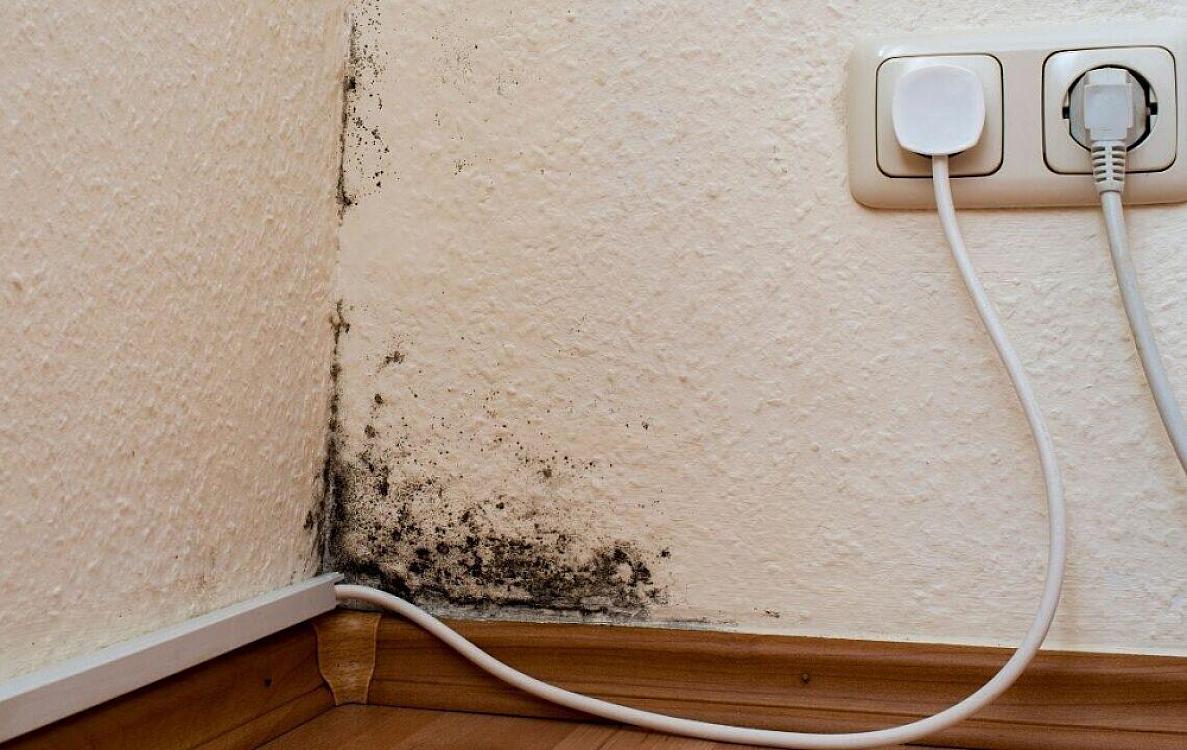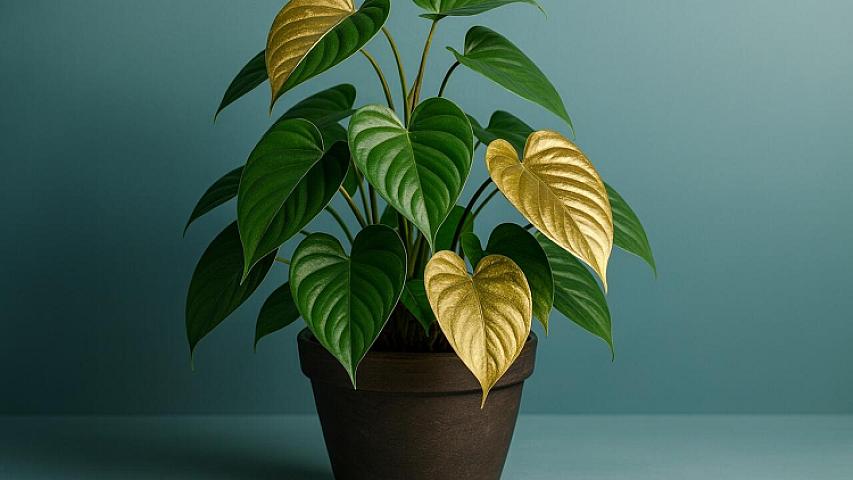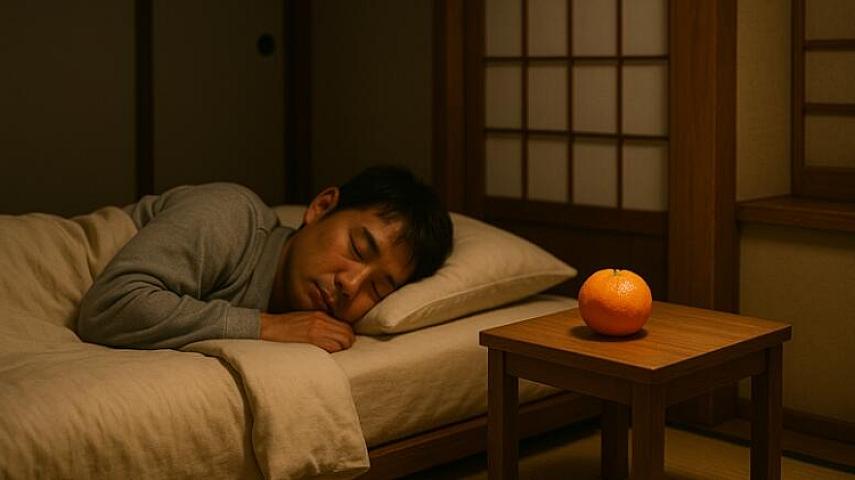In recent days, when the impact of cold weather has increased, the same problem is experienced in many houses: mold. This unpleasant layer that forms on walls, windows, and especially behind closets not only causes discomfort in terms of appearance but also carries serious health risks. Recent studies have revealed that the main causes of mold in homes are improperly placed items and poor air circulation.
According to a study conducted by the UK-based Building Research Establishment (BRE), large pieces of furniture in close contact with the wall - wardrobes, armchairs, cabinets, etc. - cause moisture to be trapped behind them. The absence of space between the furniture and the wall weakens air circulation, which rapidly leads to mold formation.
Experts note that furniture adjacent to walls facing north carries a particularly high risk. Since the external surface of these walls is colder, the air layer trapped in between creates an ideal environment for mold spores to multiply.
The World Health Organization (WHO) recommends an ideal humidity level of 40-60% for homes. When this level is exceeded, mold and bacteria begin to multiply rapidly.
The most common mistakes that increase mold
Not placing furniture at least 5-10 cm away from the wall
Increasing humidity by drying clothes in closed rooms
Not using fans and extractors to prevent steam from spreading in bathrooms and kitchens
Not performing short-term cross ventilation in winter instead of keeping windows completely closed
According to the American Thoracic Society (ATS) report, long-term exposure to mold spores can cause:
Inflammation of the respiratory tract,
Asthma attacks,
Allergic reactions
and similar problems. Especially children, the elderly, and those with weakened immune systems are at higher risk.
According to the 2024 report of the European Climate and Housing Research Center, "moisture management" is the most effective method to prevent mold. According to the study:
Regular ventilation
Use of moisture absorbers
Strengthening thermal insulation
can reduce the risk of mold by up to 80%.
Additionally, it is recommended to use natural methods such as white vinegar or soda water instead of chemical substances like bleach on surfaces where mold occurs.







